Brutalist cathedral in the UK opens to the public following renovation
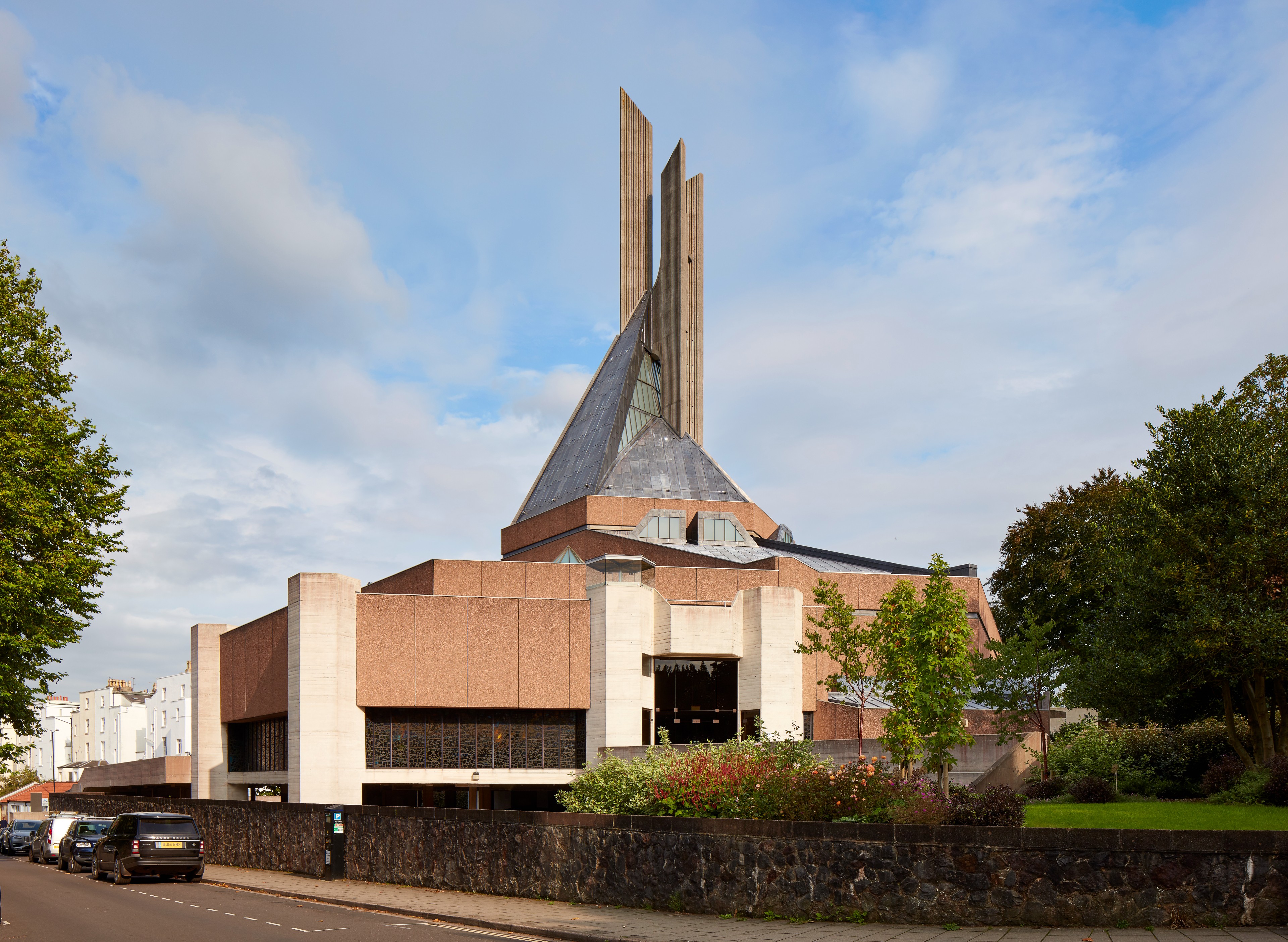
Architecture buffs might recognise the brutalist cathedral in Clifton, Bristol by its distinctive, irregular, elongated hexagonal floorplan. What many don’t know however, is that the iconic building has been suffering from water leakages for years, due to its large, striking lead roof not being entirely watertight. Enter architecture and heritage experts Purcell, who have just unveiled their careful repair work to the building’s historical fabric, rendering the cathedral fully watertight for the first time ever.
The structure, also known as Roman Catholic Cathedral Church of SS. Peter and Paul in Clifton, Bristol, was originally constructed between 1969-73 to a design by Ron Weeks of the Percy Thomas Partnership, and is a Grade II* listed monument.
Due to the building’s sensitive and historical nature, Purcell worked closely with all relevant parties and the Lead Sheet Association to ensure the greatest care is taken when carrying out the repair works. The latter was heavily involved because the pitched roof required the majority of the works – some 86 tons of replacement lead. It was the largest lead roofing project in Britain at the time of its creation.
Making a key architectural monument fully operational again, while safeguarding it for the future, Purcell also aimed to respect its characteristic original style and concrete aesthetic. ‘Our conviction was for the building to become watertight, and safe and open for use, but also not to lose any of its rigour and quality as a superb exponent of the late brutalist era’, says the company’s partner in Bristol, Clifford Martin. ‘The works have been undertaken with the intention to both repair and protect the building, and to magnify and celebrate its original design and detail.’
And there’s one more twist to this success story. A condition of the project’s funding was that it opened up parts of the building to the public that has previously been inaccessible, such as the gallery over the iconic baptistery, and a staircase that had previously been sealed off. This way, visitors can enjoy the structure both as a monument and for its religious services, in the best possible way.
See more cutting-edge religious architecture around the world
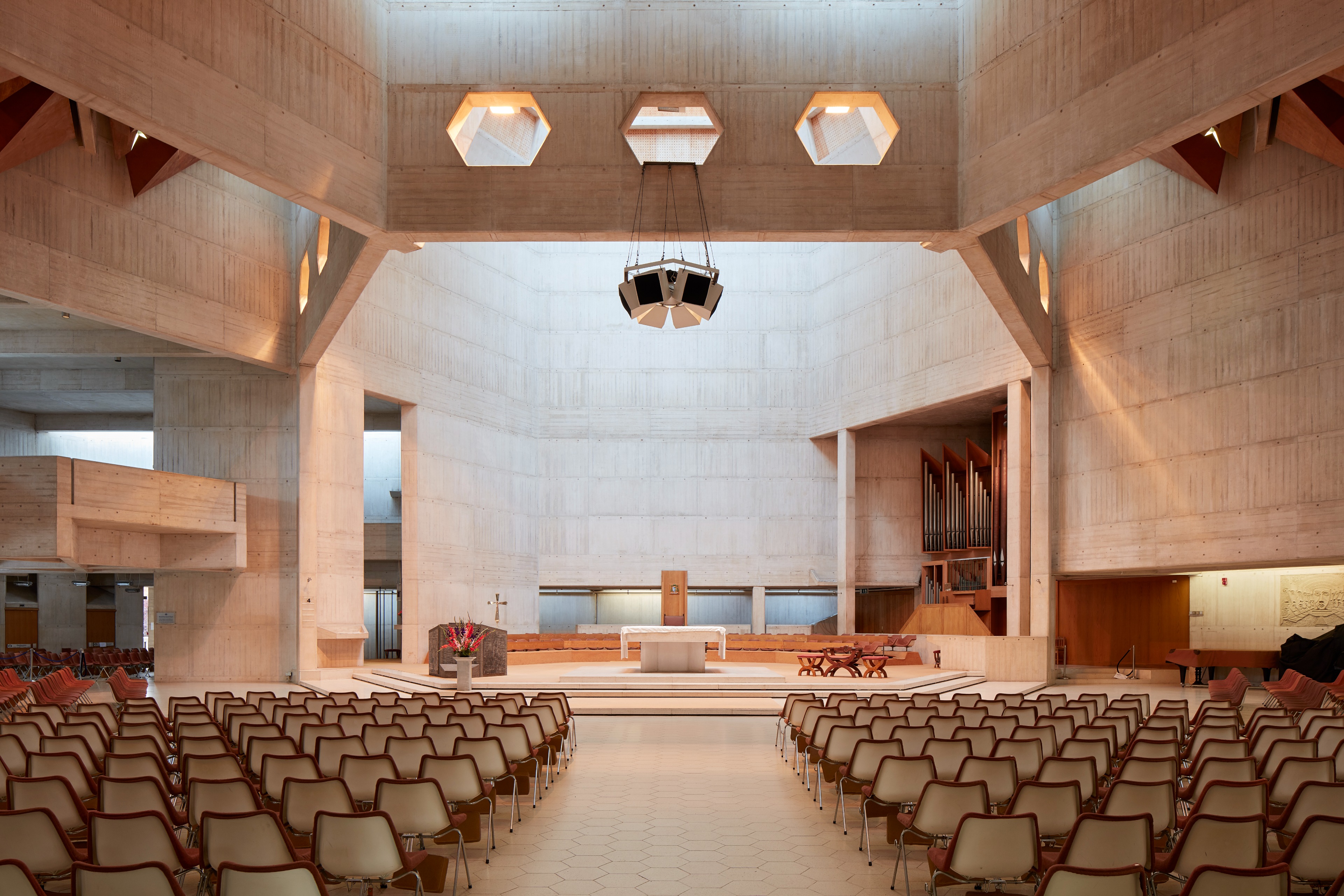
Roman Catholic Cathedral Church of SS. Peter and Paul in Clifton is now fully watertight for the first time.
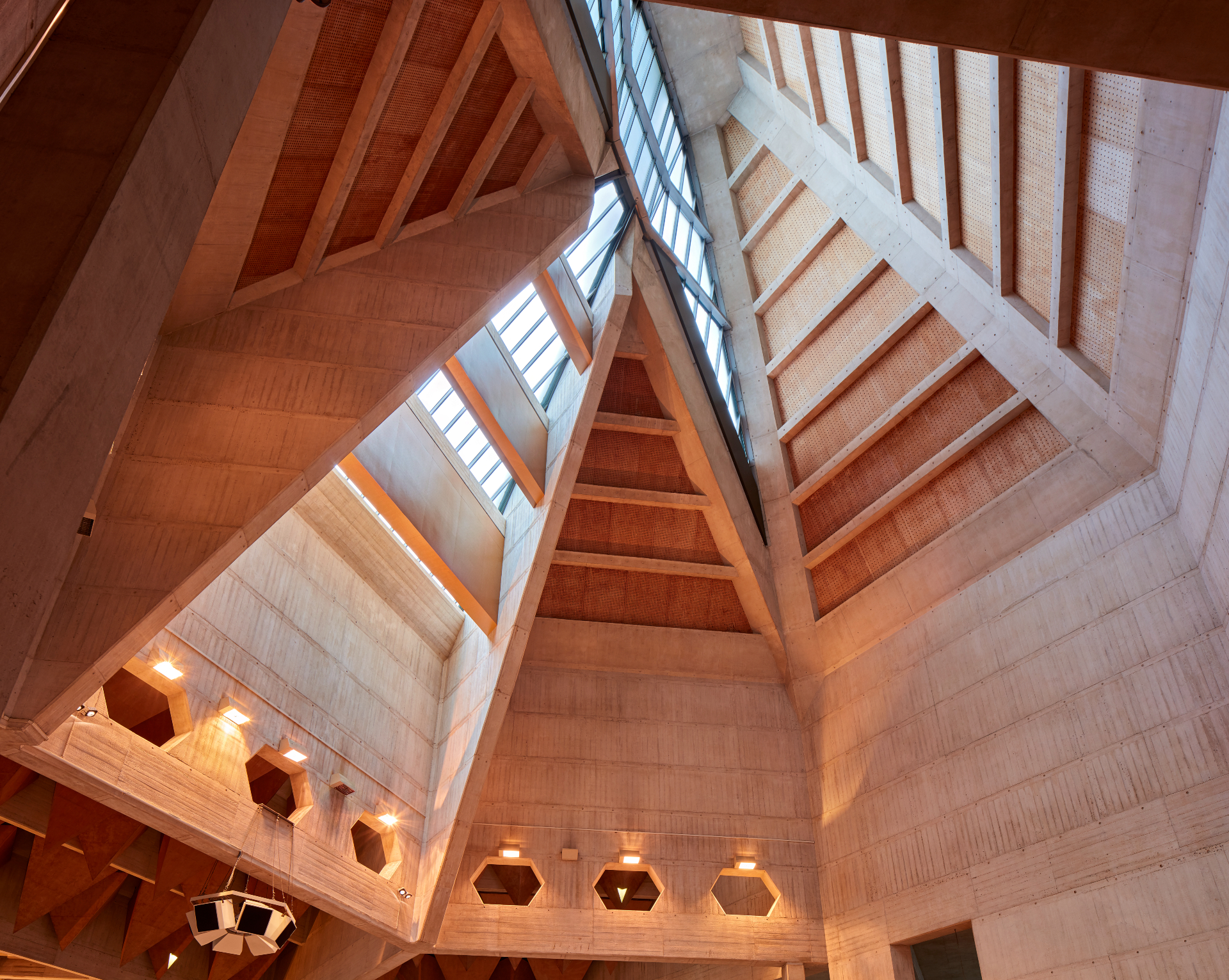
The building was originally constructed between 1969–73 to a design by Ron Weeks of the Percy Thomas Partnership.
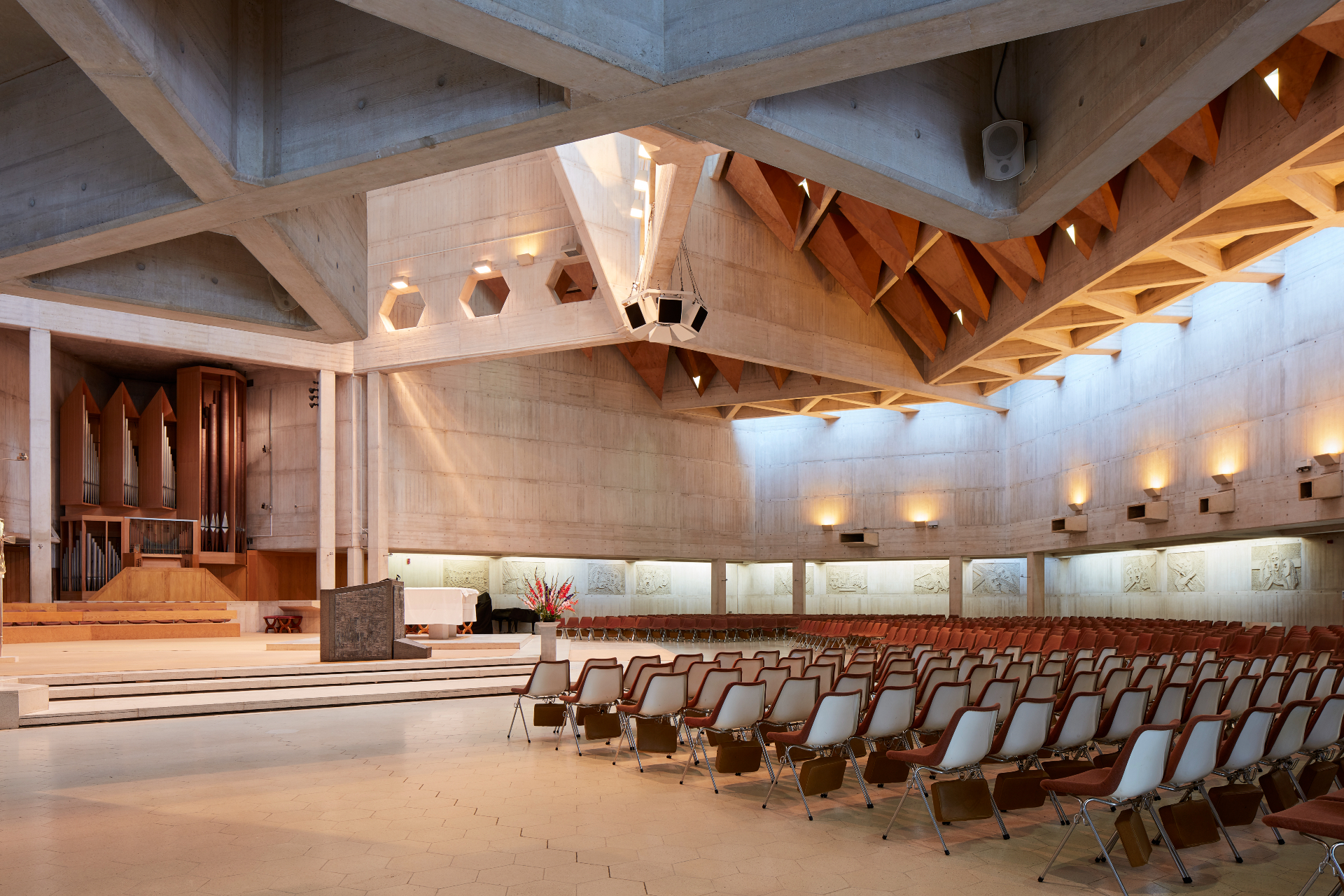
Today, the concrete composition of the Clifton cathedral Grade II* listed.
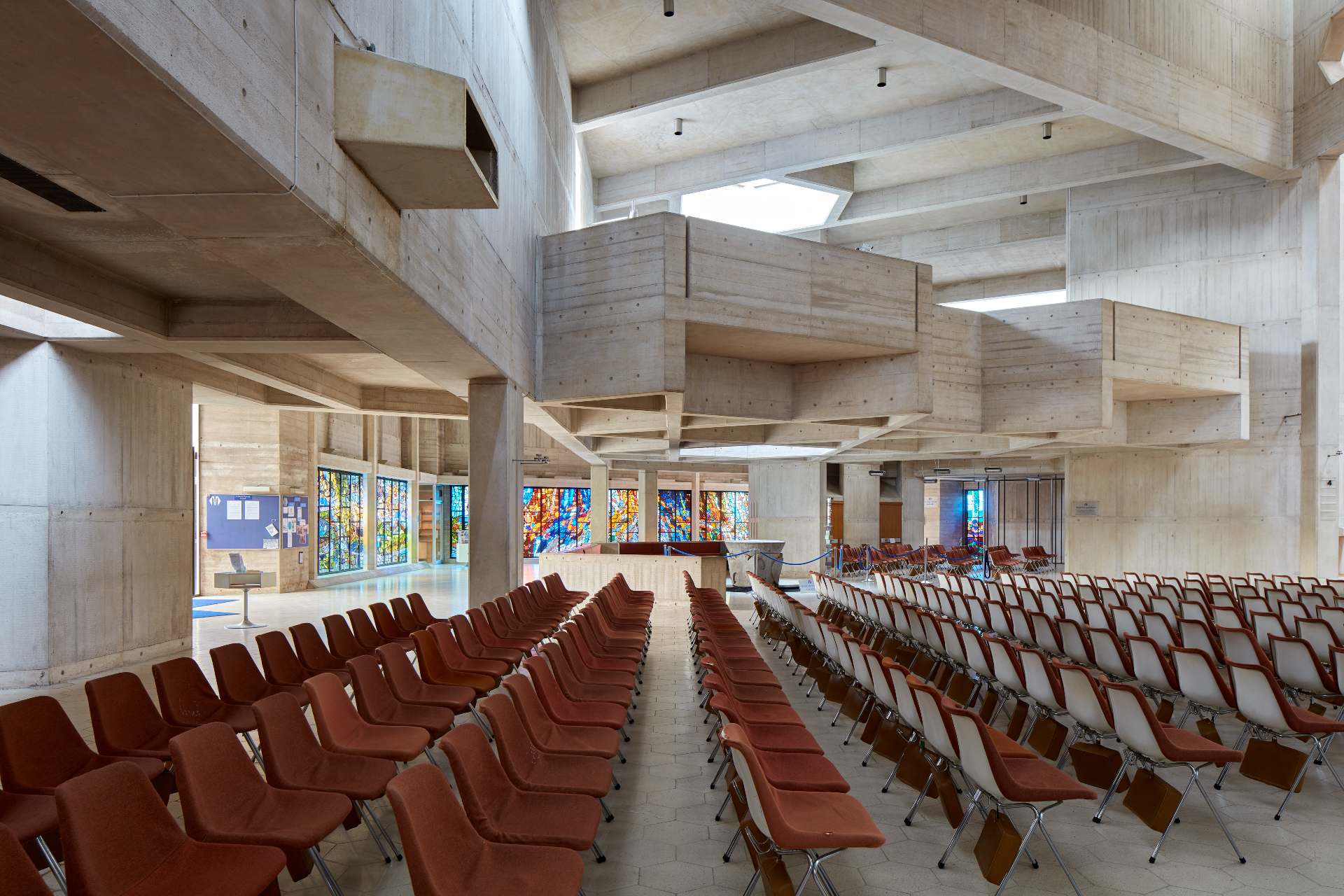
The space is well known for its fairly modest, ‘theatre-like’ composition.
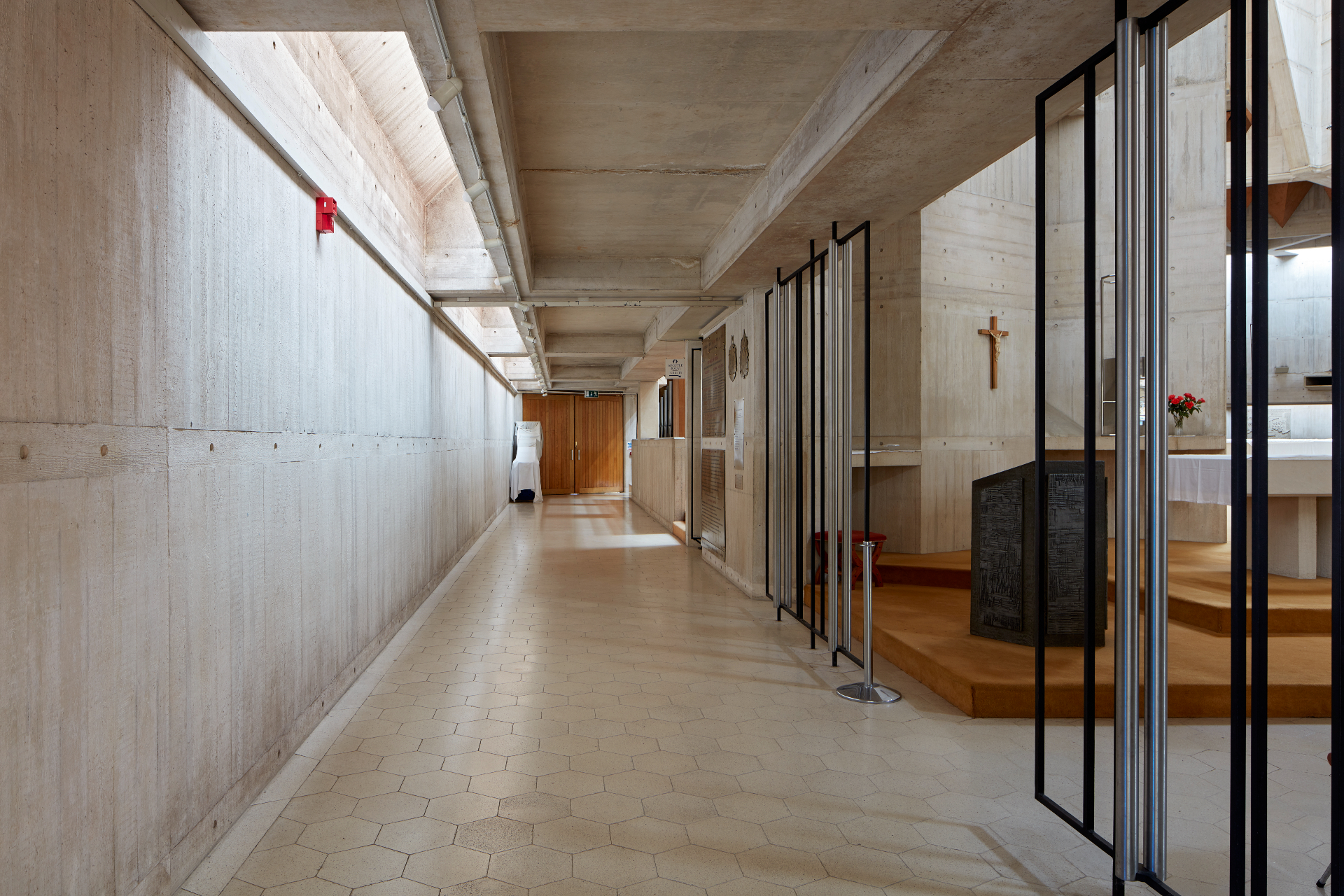
Purcell took care to maintain the structure’s concrete aesthetic.
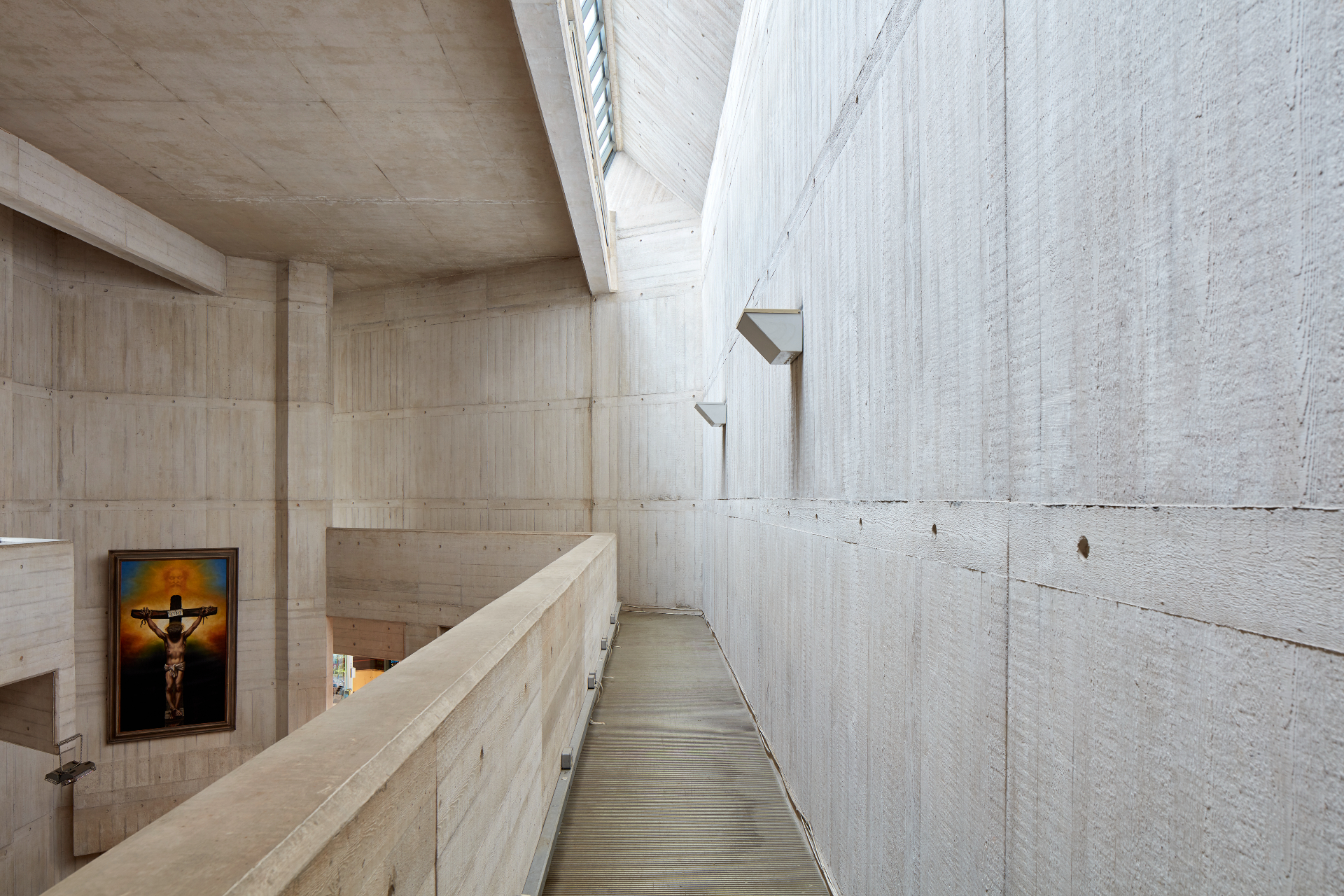
The necessary works prevent further deterioration to the building fabric.
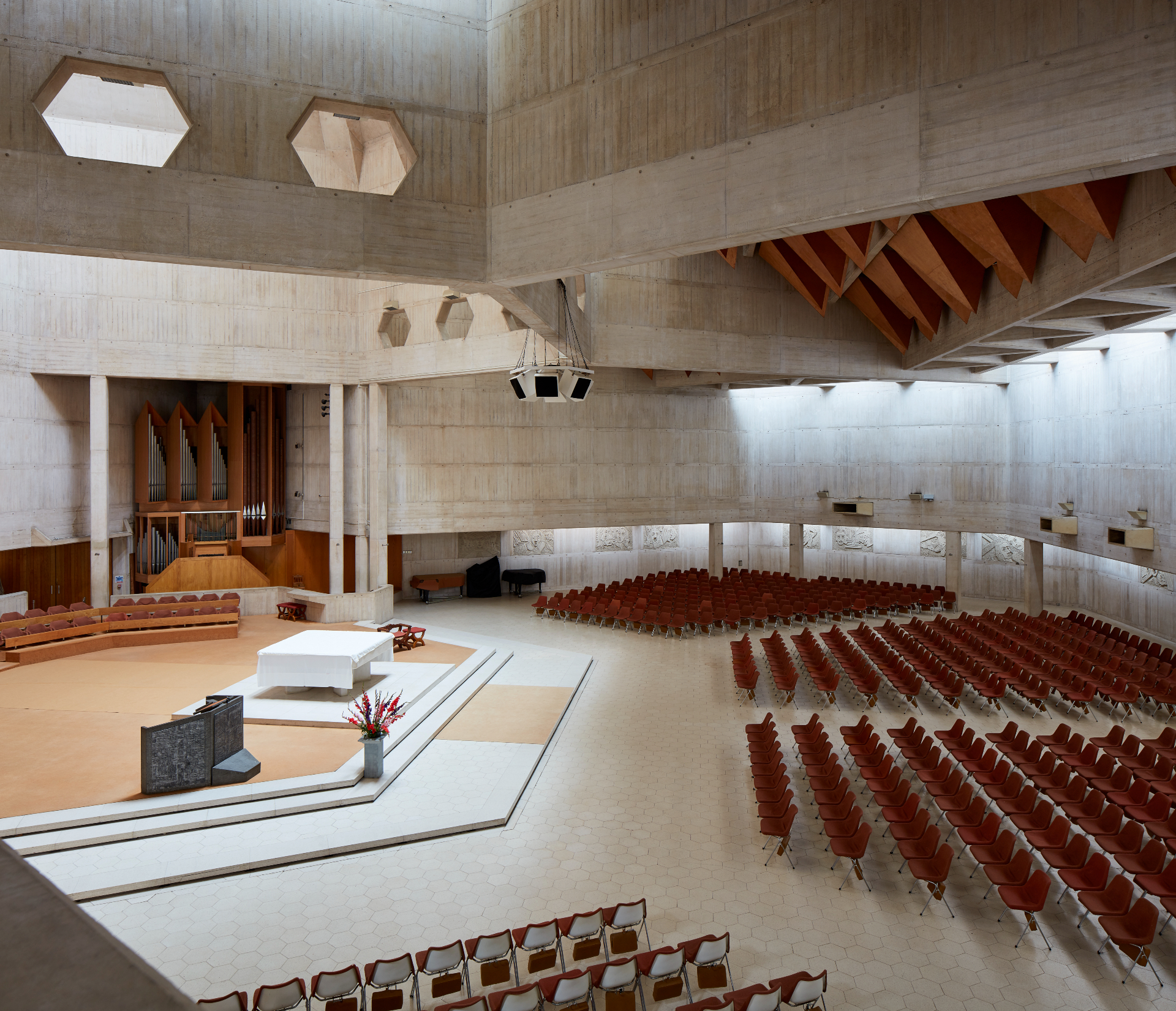
The main space features a distinctive irregular, elongated hexagonal plan.
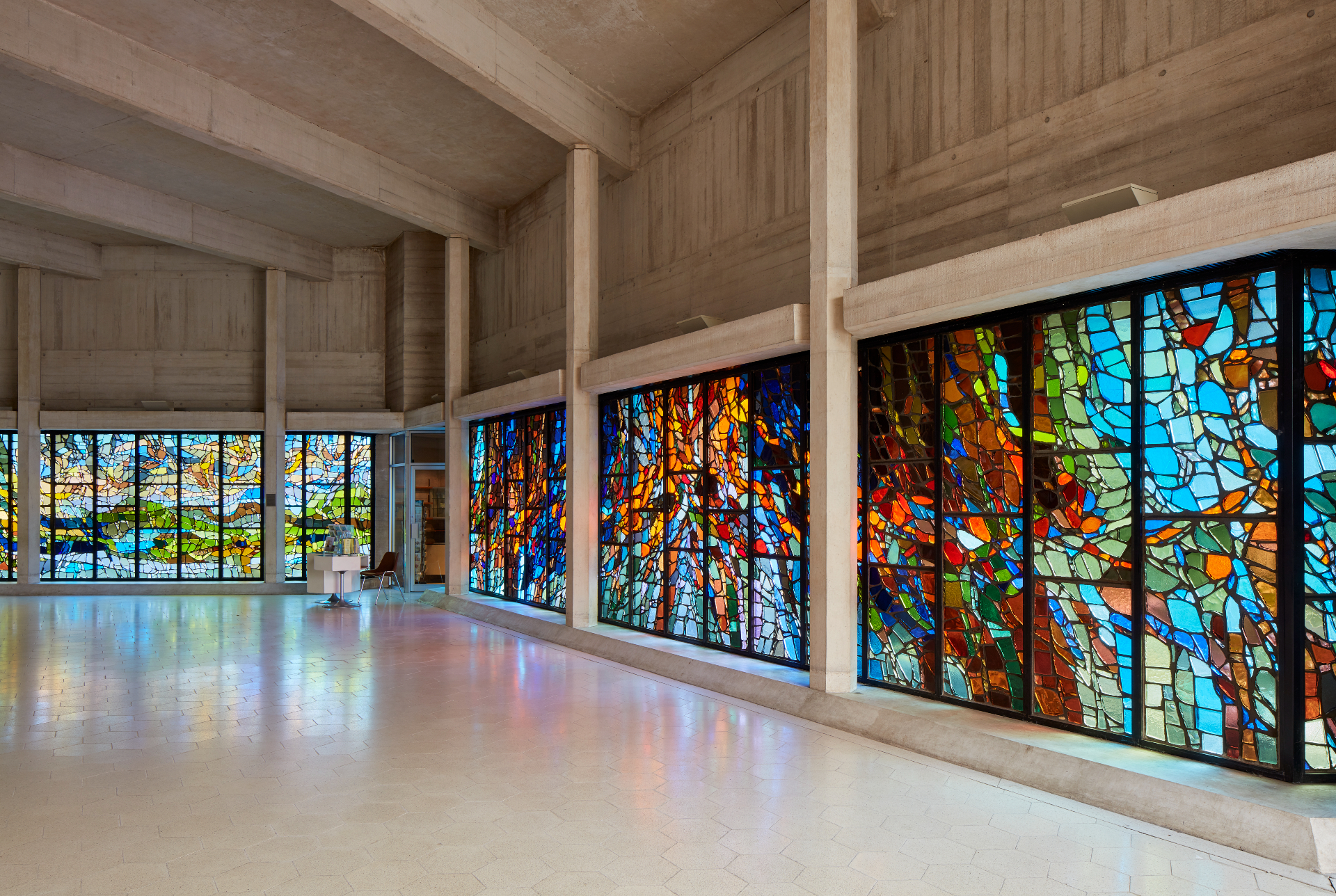
A condition of the project’s funding was that it opened up parts of the building to the public.
INFORMATION
Wallpaper* Newsletter
Receive our daily digest of inspiration, escapism and design stories from around the world direct to your inbox.
For more information visit the website of Purcell
Ellie Stathaki is the Architecture & Environment Director at Wallpaper*. She trained as an architect at the Aristotle University of Thessaloniki in Greece and studied architectural history at the Bartlett in London. Now an established journalist, she has been a member of the Wallpaper* team since 2006, visiting buildings across the globe and interviewing leading architects such as Tadao Ando and Rem Koolhaas. Ellie has also taken part in judging panels, moderated events, curated shows and contributed in books, such as The Contemporary House (Thames & Hudson, 2018), Glenn Sestig Architecture Diary (2020) and House London (2022).
-
 Put these emerging artists on your radar
Put these emerging artists on your radarThis crop of six new talents is poised to shake up the art world. Get to know them now
By Tianna Williams
-
 Dining at Pyrá feels like a Mediterranean kiss on both cheeks
Dining at Pyrá feels like a Mediterranean kiss on both cheeksDesigned by House of Dré, this Lonsdale Road addition dishes up an enticing fusion of Greek and Spanish cooking
By Sofia de la Cruz
-
 Creased, crumpled: S/S 2025 menswear is about clothes that have ‘lived a life’
Creased, crumpled: S/S 2025 menswear is about clothes that have ‘lived a life’The S/S 2025 menswear collections see designers embrace the creased and the crumpled, conjuring a mood of laidback languor that ran through the season – captured here by photographer Steve Harnacke and stylist Nicola Neri for Wallpaper*
By Jack Moss
-
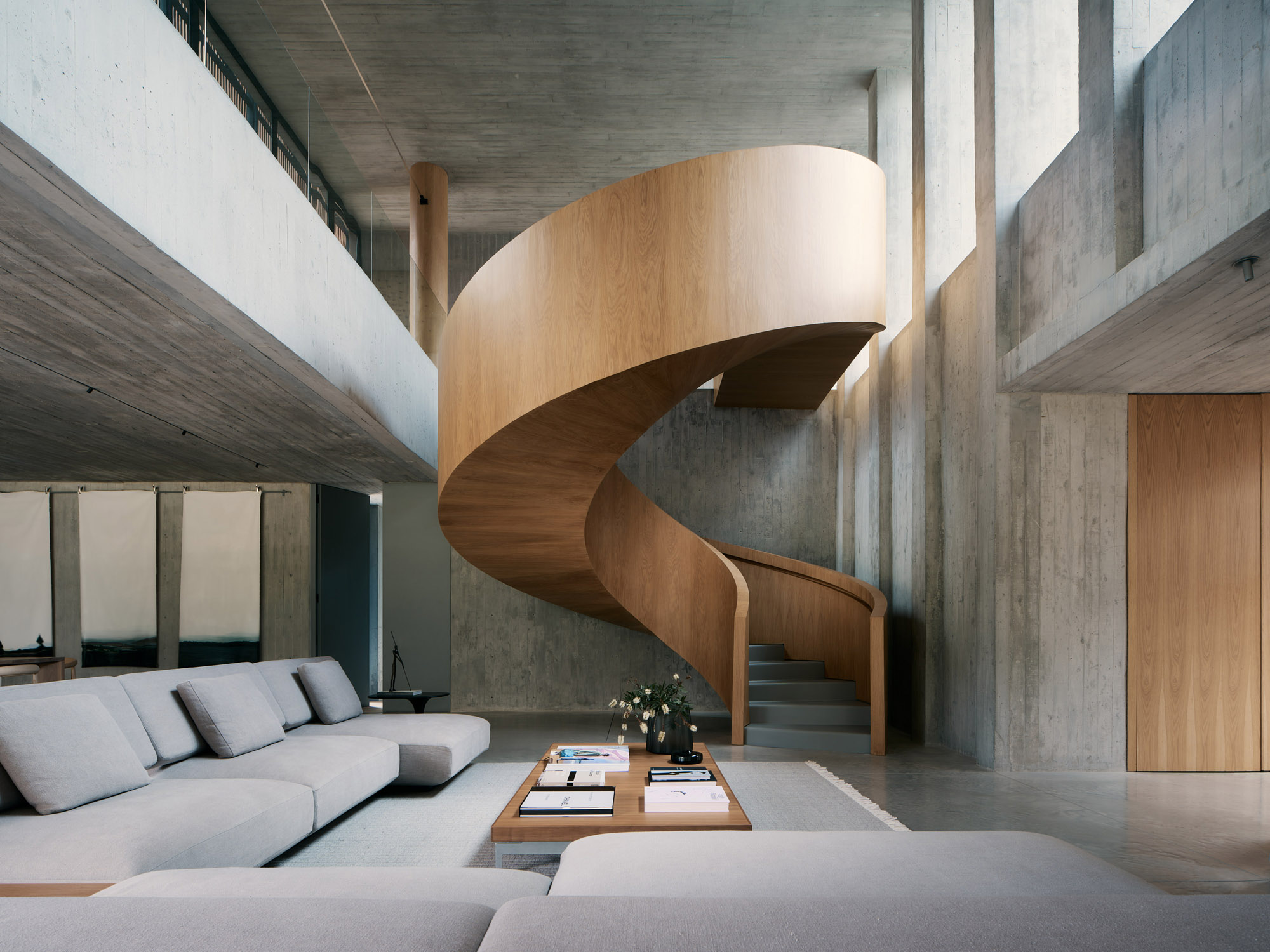 A Medellin house offers art, brutalism and drama
A Medellin house offers art, brutalism and dramaA monumentally brutalist, art-filled Medellin house by architecture studio 5 Sólidos on the Colombian city’s outskirts plays all the angles
By Rainbow Nelson
-
 An octogenarian’s north London home is bold with utilitarian authenticity
An octogenarian’s north London home is bold with utilitarian authenticityWoodbury residence is a north London home by Of Architecture, inspired by 20th-century design and rooted in functionality
By Tianna Williams
-
 Croismare school, Jean Prouvé’s largest demountable structure, could be yours
Croismare school, Jean Prouvé’s largest demountable structure, could be yoursJean Prouvé’s 1948 Croismare school, the largest demountable structure ever built by the self-taught architect, is up for sale
By Amy Serafin
-
 Jump on our tour of modernist architecture in Tashkent, Uzbekistan
Jump on our tour of modernist architecture in Tashkent, UzbekistanThe legacy of modernist architecture in Uzbekistan and its capital, Tashkent, is explored through research, a new publication, and the country's upcoming pavilion at the Venice Architecture Biennale 2025; here, we take a tour of its riches
By Will Jennings
-
 What is DeafSpace and how can it enhance architecture for everyone?
What is DeafSpace and how can it enhance architecture for everyone?DeafSpace learnings can help create profoundly sense-centric architecture; why shouldn't groundbreaking designs also be inclusive?
By Teshome Douglas-Campbell
-
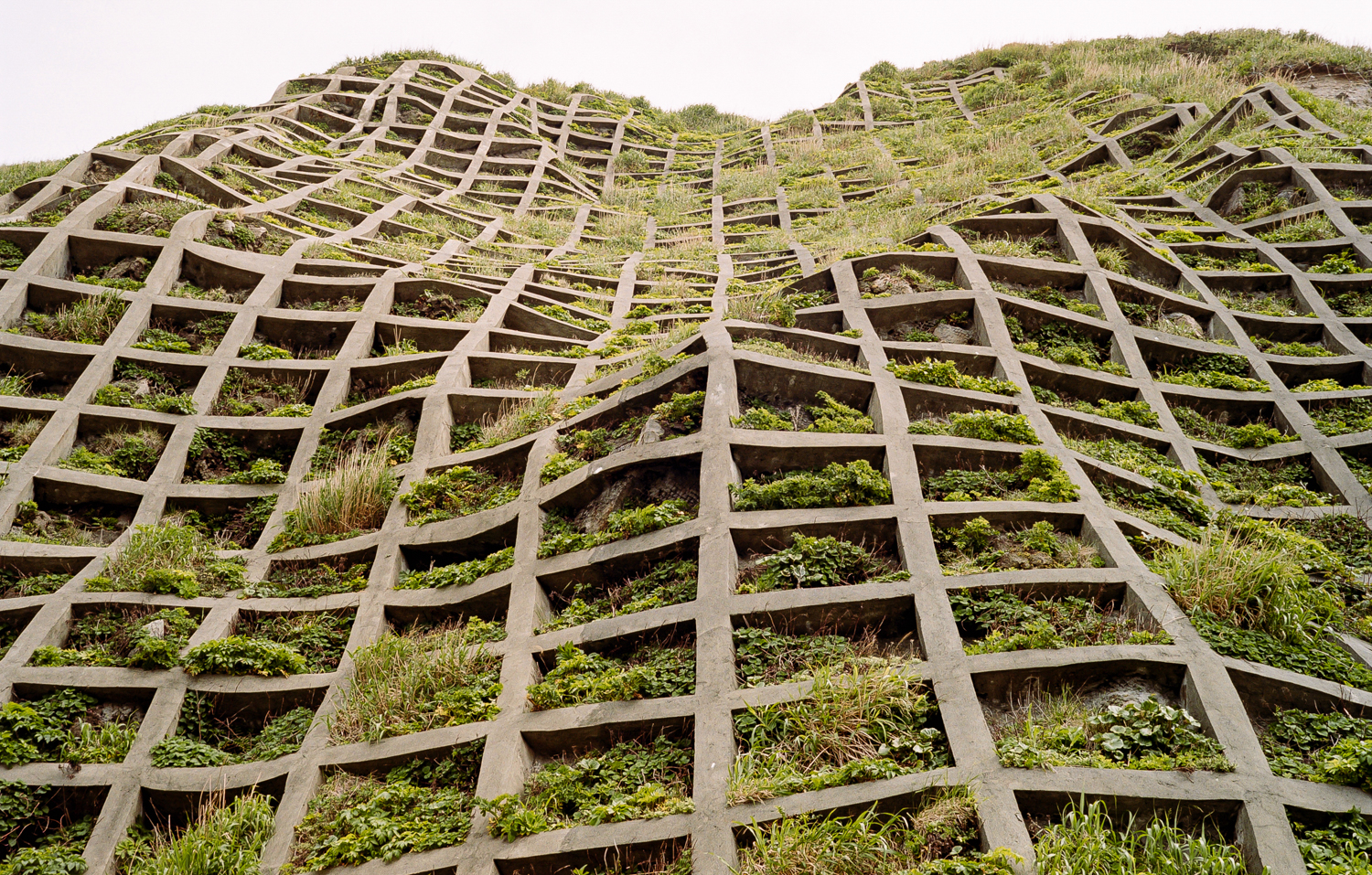 The best brutalism books to add to your library in 2025
The best brutalism books to add to your library in 2025Can’t get enough Kahn? Stan for the Smithsons? These are the tomes for you
By Tianna Williams
-
 The dream of the flat-pack home continues with this elegant modular cabin design from Koto
The dream of the flat-pack home continues with this elegant modular cabin design from KotoThe Niwa modular cabin series by UK-based Koto architects offers a range of elegant retreats, designed for easy installation and a variety of uses
By Jonathan Bell
-
 At the Institute of Indology, a humble new addition makes all the difference
At the Institute of Indology, a humble new addition makes all the differenceContinuing the late Balkrishna V Doshi’s legacy, Sangath studio design a new take on the toilet in Gujarat
By Ellie Stathaki